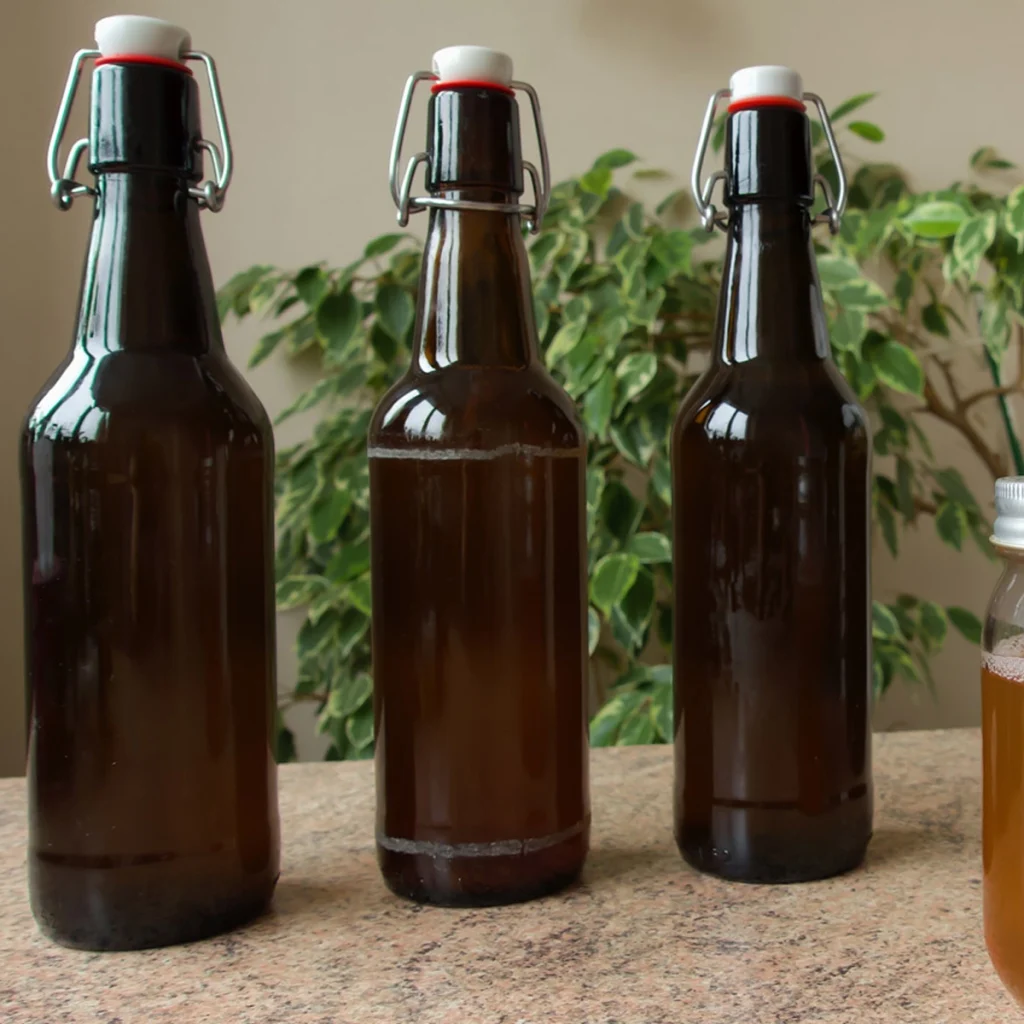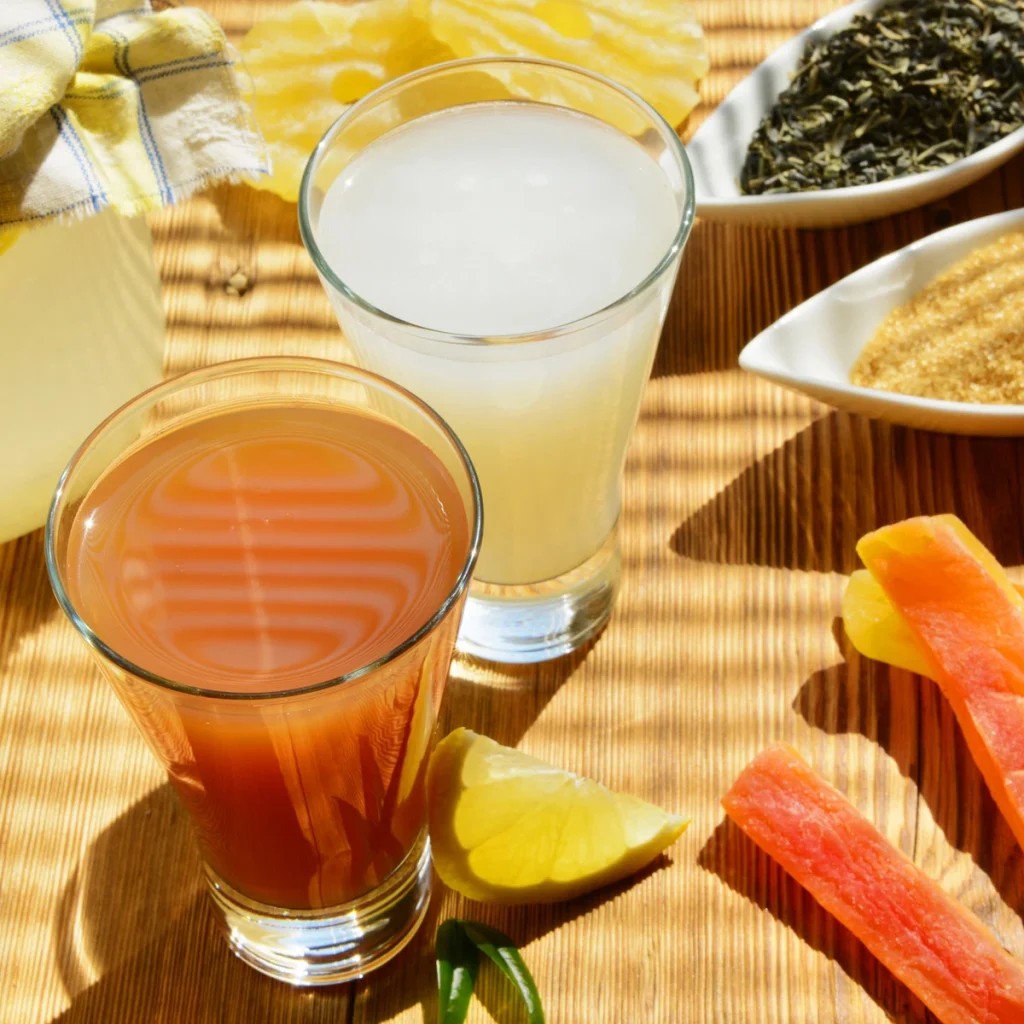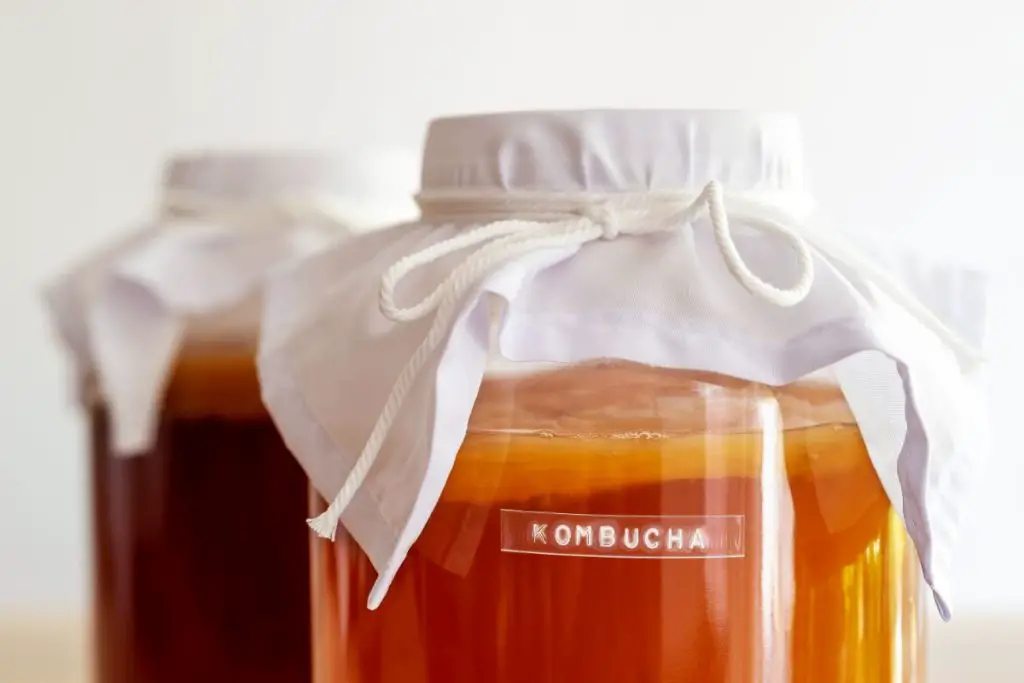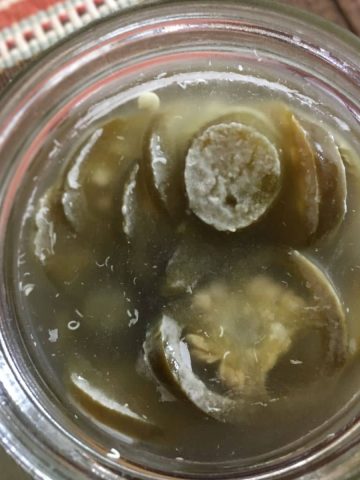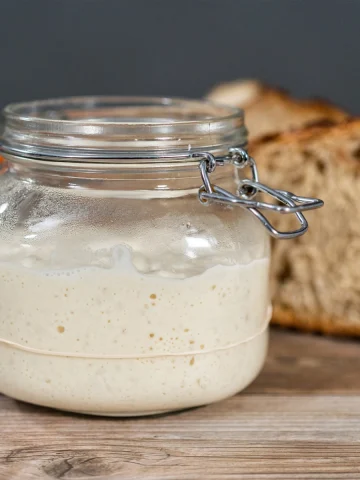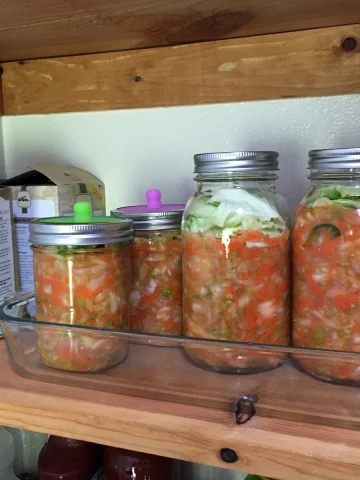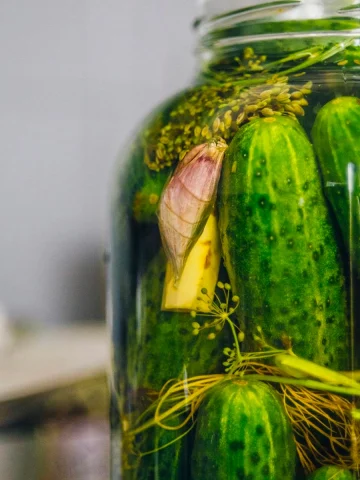How to Prevent Kombucha Bottles from Exploding During 2nd Fermentation
Four leading causes of bottles exploding during fermentation are:
- Pressure build-up from over-carbonation.
- Using the wrong bottles.
- Too much sugar.
- Warm temperatures.
Learn how to prevent bottles from exploding, a.k.a. BOTTLE BOMBS, during the fermentation of your favorite drinks.
Why did my kombucha explode, and how can I stop it?
Fermented drinks such as kombucha and kefir soda are fun and easy to make. The bacteria and yeast in the cultures convert the sugars into lactic acid, minimal alcohol, and carbon dioxide.
In some cases too much carbon dioxide, and as the drink continues to ferment, more and more gas is created.
This gas creates pressure inside a capped bottle; the more gas created, the more pressure is made, and too much can cause problems.
The last thing you want is shards of glass flying across the room. Injuries or even blindness are – unfortunately – entirely possible.
An explosion once happened to me while I was brewing beer for the first time – I was not home then and fortunately had no valuables in the room, but I did not take the dangers seriously enough.
From then on, I've researched and learned what and what not to do to avoid bottles exploding during fermentation.
This post will examine why bottles explode and how to prevent them from ruining your kombucha or beer crafting experience. Check out my review of the best bottles for kombucha brewing.
What Causes Bottles to Explode while Fermenting?
Pressure Build-Up in the Bottles
The main culprit behind exploding bottles is pressure. Kombucha and beer are carbonated beverages, meaning they give off CO2. When carbon dioxide doesn't have enough room to expand, you have an infamous bottle bomb on your hands.
Using the Wrong Glass Bottles during the Second Fermentation
Another common cause of bottle explosions is the quality of the bottles. Many bottles out there are just not strong enough to withstand the carbon dioxide pressure.
To get around this problem, look for bottles from beer manufacturers (but NOT screw-top bottles). The thicker the bottle, the better!
Invest in swing-top resealable bottles made for brewing.
The gasket and metal bailing are much more likely to fail than the glass, making them much safer. The swig top can easily open slightly to bleed off the pressure.
Refrain from using square bottles, as these are not great at withstanding pressure.
Adding Too Much Sugar to the Second Ferment
Putting too much sugar in your drink is referred to as "over-priming" – this is a problem for both beer kombucha and beer because it gives yeast too much sugar to ferment, leading to higher carbon dioxide levels.
Warm Temperatures
Heat is another problem for bottles.
Some introductory chemistry: heat causes the liquid to expand and generates carbon dioxide (and all other gases) to become "agitated" and race around.
As you might guess, both are bad for the integrity of your bottles. During 2nd fermentation, keep them in the 75-82 degrees range.
The closer you get to the upper temperature, the faster your kombucha carbonation builds up.
With Kombucha, the 2nd fermentation will take 2-7 days. The warmer the temperature, the faster the fermentation, so keep a close eye on its progress.
Allow the Kombucha or Beer to Ferment Completely
Not fully fermented before bottling is a common mistake that can explode homebrew bottles.
Many newbies to homebrewing are excited to drink their newest brew and start the bottling steps too early, which can cause the brew to complete the fermentation in the bottle.
The problem is that the fermentation continues producing extra CO2 pressure in the bottle and can lead to bottles bursting open.
How to Prevent Your Kombucha Bottles from Exploding
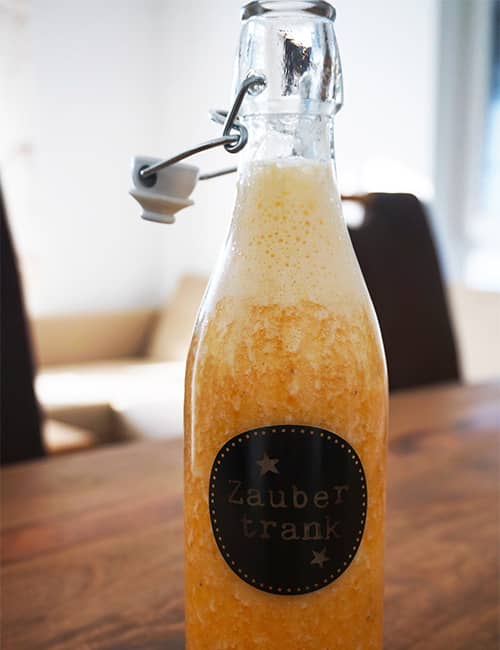
Tips on how to prevent exploding bottles when making Kombucha
During the second stage of fermenting Kombucha, ensure you only add a little fruit or juice.
Why? Because they have sugar in them, it's the interaction between yeast and sugar responsible for carbonation. If you add too much sugar, the yeast will produce too much carbon dioxide, and then you have an exploding bottle on your hands!
You should be safe with around 20% fruit or fruit juice and 8% kombucha. You can experiment a bit as you become more experienced, but you always need more Kombucha than fruit or fruit juice. To stay safe, never go lower than 70% kombucha.
We mentioned earlier that carbon dioxide needs room to expand – for Kombucha, leave between 1 and 2 inches of headspace between the highest liquid level and the cap.
As for the building pressure, you need to use airtight bottles (avoid mason jars). For Kombucha, bottles around 58 psi are usually sufficient.
A simple trick to prevent bottles from exploding is to fill one soft plastic bottle with each batch of glass bottles. The plastic bottle will turn hard when the Kombucha has ample fizz due to carbon-dioxide build.
Now you know it is time to put them in the refrigerator. You can always "burp" your bottles for peace of mind. But don't do it too much, or you will lose all the carbonation that has been building up.
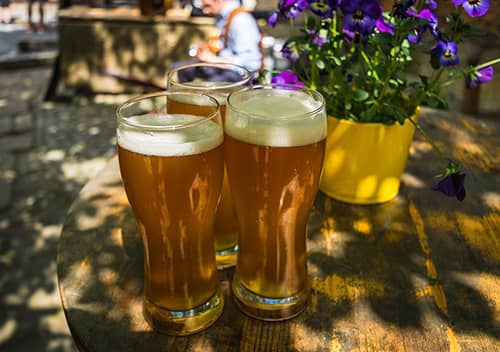
How to Prevent Bottles From Exploding When Making Beer
Tips on how to prevent bottle bombs when making beer:
People may get excited and cut corners when making beer for the first time.
Rule 1 when making beer: you need to allow time for it to ferment fully!
Leave about 1 inch of headspace between the highest level of liquid and the bottom of the cap is a good rule of thumb – you may need more room, so be sure to check out your recipe.
Additionally, be sure not to overprime – ¾ of a cup per 5 gallons of beer is an excellent general guideline.
Finally, store your bottles in a cool place. Keep them out of direct sunlight by putting them in your basement or garage or otherwise in a refrigerator.
Storing beer in a low-temperature and low-light area also preserves its taste, so you'll be effectively "killing two birds with one stone."
Before opening the beer bottles, put them in the fridge for a day or two to reduce the pressure.
How to Protect Yourself When Opening Glass Bottles
All the above tips will help you avoid a disastrous bottle bomb, but it's still a good idea to be cautious when opening your bottles.
Wear gloves to avoid cuts on your hands and goggles or glasses to protect your eyes. A jacket or sweater is also a good idea to protect your arms.
Wrap the bottle in a bag before opening it to help contain any flying glass shards.
Keep the bottles in a cooler when opening so a potential explosion can be as confined as possible. If you're taking the bottles outside to open, move the entire cooler and only take one bottle at a time.
All this may seem like a bit much, but flying glass is nothing to joke about!
Did I answer your questions about how to avoid bottles exploding during fermentation?
In this article, we looked in-depth at what causes glass bottles to explode during fermentation.
We examined all the causes and explored all the dos and don'ts of the second stage of fermenting Kombucha or beer correctly.
Ultimately, we answered the question of How to Prevent Bottles from Exploding During 2nd fermentation.
Lastly, check out my recommended products page.

